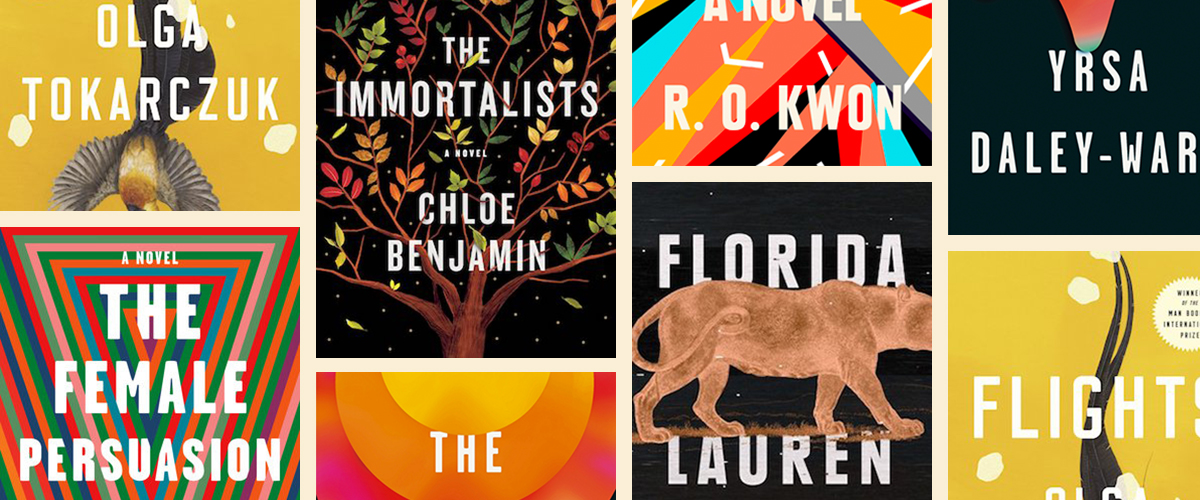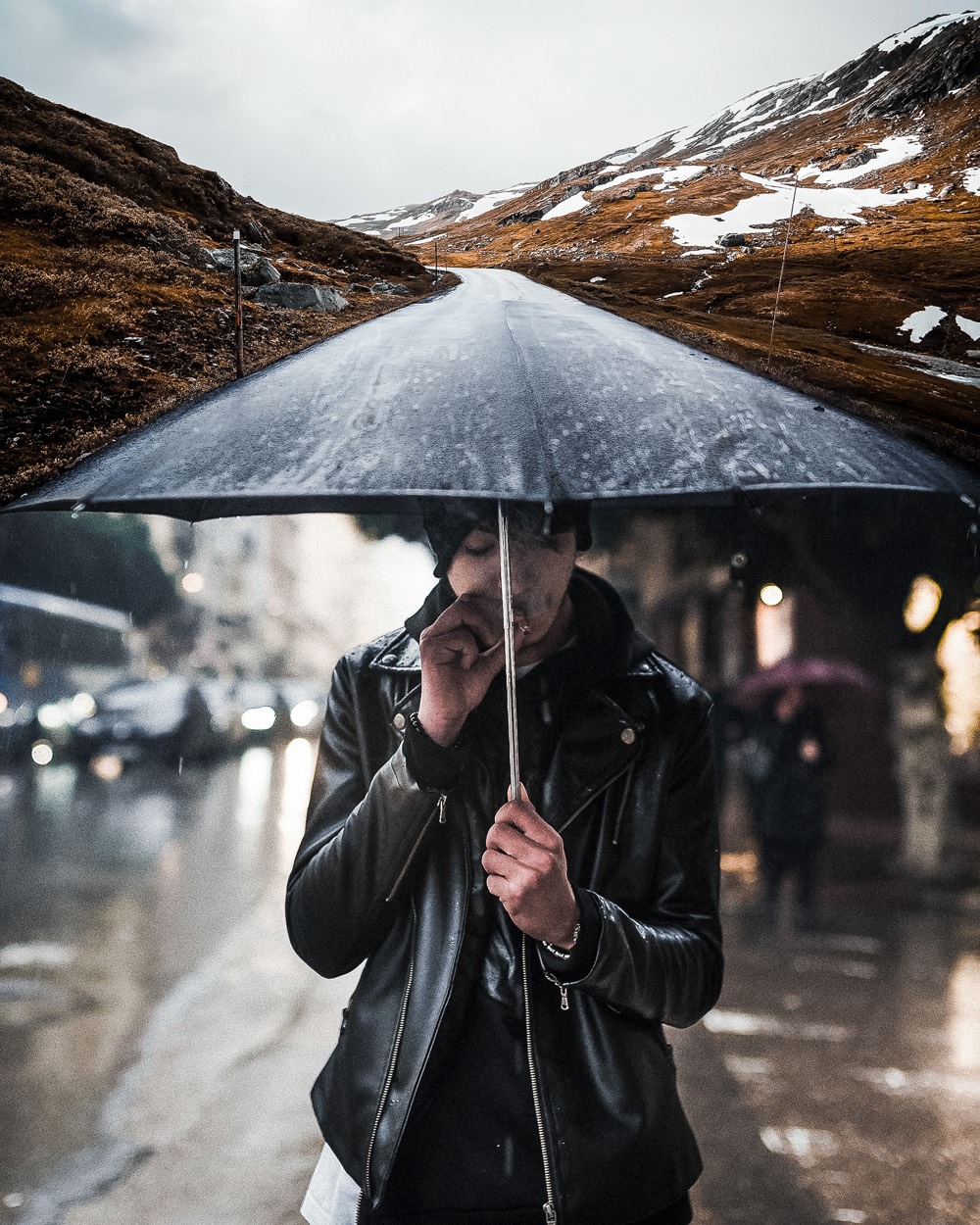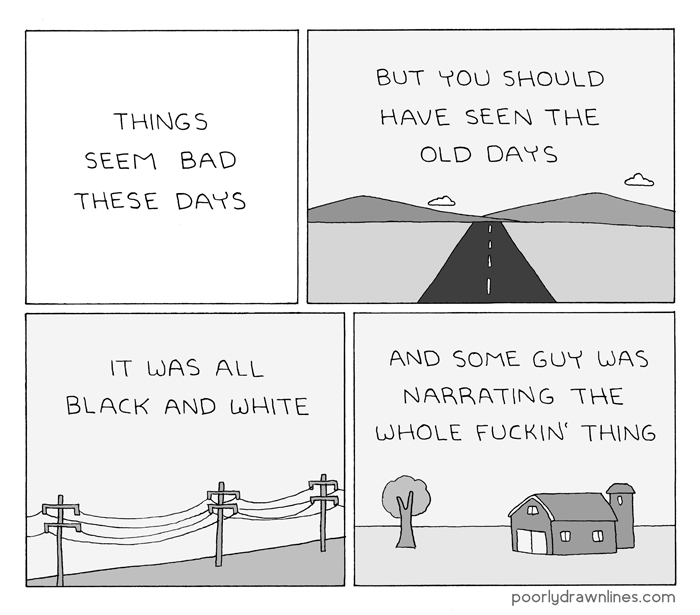Sunday puzzle
We have taken to completing the crossword puzzle on Sunday evenings.
Usually, the weekend puzzle in the Globe & Mail gets pulled out just as we wrap up dessert; the four of us—we have a standing Sunday dinner date with friends—cluster around the patio table (on warm evenings) or the coffee table near the fireplace and collaboratively fill in the empty squares as we enjoy our after-dinner tea or coffee.
The standing Sunday dinner is one of the best parts of our lives here in London, but an outlining of the merits of a standing dinner date is a blog post for another time. The addition of the crossword to our post-dinner activities is another small joy that has been added to our week.
In high school, Krishna and I would complete the Sunday New York Times crossword puzzle every week. We’d work on it between classes and social activities, so it often took us most of the week to get it done. Working on the puzzle with him, back then, was a small joy. I never did thank him for that.
A beautiful life is one that is filled with small joys. I am glad to keep finding new ones every day. I am glad to live a life where I can share these small joys—like filling out a crossword puzzle over tea on Sunday evenings—with the people I love.
Last week, I celebrated twenty years of blogging:
I’ve never thought about my twenty years of blogging as an exercise in getting better at writing the truth, but that’s exactly what it is.
If someone asks me what my blog is about, now, I’m going to tell them it is my thought place, it is a conversation with myself and with others, and that it is my way of getting better at writing the truth. That’s what it has been for twenty years, and that’s what I hope for it to be for at least another twenty.
No matter how long you’ve been reading this blog, whether it is two days or two decades, I thank you for cheering me on as I write my truth, one post at a time.
A few things to read and explore:
I’ve found it hard to describe just why I loved Coco so much, why it is my favorite movie I have watched in years. I keep telling people it is the perfect movie for the moment, for me in my life right now, and in the context of the world I live in. In the future, when people ask why I adore Coco so much, I’ll just point them to this incredible reflection in The New Yorker:
This world is hard enough already: its technological conditions induce emotional alienation, and its economic ones narrow our attention to questions of individual survival. As it is, I haven’t assembled the ofrenda I ought to. I barely feel like I’m taking adequate care of the people I love right now, and I mean the ones I know personally. I feel certain that I’m failing the people I don’t know but that I love nonetheless—the people in our national community, and the people who are seeking to become a part of it.
“Coco” is a movie about borders more than anything—the beauty in their porousness, the absolute pain produced when a border locks you away from your family. The conflict in the story comes from not being able to cross over; the resolution is that love pulls you through to the other side. The thesis of the movie is that families belong together.
Separating migrant families is barbaric. It’s also what the U.S.—and Canada, too—has been doing to people of color for hundreds of years: “At the root of the current human rights crisis at American borders is white supremacy and bigotry.”
There’s a disinhibition in not caring, because the emotion of caring is inextricable from the act of caring for someone or something; the former compels the latter. […]
Empathy enlarges us by connecting us to the lives of others, and in that is a terrible vulnerability, one that parents know intimately, terrifyingly. If something happens to someone or something you love, it hurts you too, potentially devastates you forever.
It’s a societal loss that so many men grow up believing that showing aggression and stifling emotion are the ways to signal manhood. And it’s a personal loss to countless little boys who, at best, develop mechanisms for compartmentalizing certain aspects of who they are and, at worst, deny those aspects out of existence.
In the New Yorker, an interesting reflection on “bullshit” jobs. I tell myself my work is useful and valuable, but sometimes I wonder…
Politicians are so fixated on job creation, he thinks, that no one wonders which jobs are created, and whether they are necessary. Unnecessary employment may be one of the great legacies of recent public-private collaboration.
I absolutely love this list of 15 powerful women shaping how we eat in America today.
There are many reasons to love Brooklyn Nine-Nine, but the way it portrays Amy Santiago is a major one—unlike most other characters on television:
Pop culture has long reinforced the idea that intelligence and desirability can’t easily coexist in a female character. In a recent episode, Brooklyn Nine-Nine allows Amy to break down this dichotomy while recognizing its cultural pervasiveness.
Sayaka Murata’s Love Letter to a Convenience Store is one of the strangest and oddest things I’ve ever read, but it’s oddly compelling.
As someone who works in public service renewal and digital talent, this explains a large part of what I work on, every single day:
Despite being more necessary than ever, digital literacy hasn’t permeated deeply into the folds of the government. As we’ve seen, public servants often lack the expertise to know how to critique and test technology, and return poorly designed or faulty technology for improvement. The solution isn’t teaching civil servants how to code but instead teaching what kinds of digital tools and products are usable, and what expectations they should have from a product so we can avoid failures like the IRS website. It’s not just a software problem but an understanding problem.
Alexis Madrigal tells us the story of America through the story of the drinking straw:
The straw is the opposite of special. History has flowed around and through it, like thousands of other bits of material culture. What’s happened to the straw might not even be worth comment, and certainly not essay. But if it’s not clear by now, straws, in this story, are us, inevitable vessels of the times in which we live.
My wife had a bout of shingles last year and it was pretty horrible. I didn’t realize how debilitating it could be. The question is: why are so many young people getting it these days?
Chen points out that stress may also to play a role. “Shingles can happen among healthy young adults with no other underlying diseases and who are otherwise athletic, and sometimes we think it might be stress-induced,” he says.
Stress can suppress immune function and trigger outbreaks of cold sores and other herpes virus–related symptoms. “This is all speculation, but I think you could point to social media and modern culture and the emotional and physical and spiritual stress a lot of younger adults are feeling,” Chen says. “I don’t think this is driving higher rates, but it could be a factor.”
Justin Peters takes stock photos and combines them into fantastical and mind-bending scenes:
I’ve been noticing that many of the books on my to-read list looked vaguely similar. LitHub has discovered that there is, indeed, a cover trend emerging, all tracing back to Lauren Groff.

The video for Max Richter’s “On the Nature of Daylight” (a stunning piece of instrumental music) features Elisabeth Moss falling apart as she walks through Toronto (the city is immediately recognizable, but yet somewhat foreign) and it is one of the most beautiful and impacting music videos I’ve seen in a long time.
I can always count on Reza and his Poorly Drawn Lines comic to make me chuckle.
Before I let you go, this is absolutely fantastic: a Garfield fancomic considering the life of Jon Arbuckle, cartoonist.


